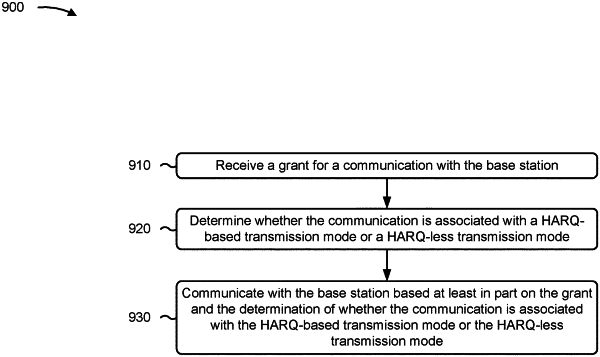| CPC H04W 72/23 (2023.01) [H04L 1/0025 (2013.01); H04L 1/1812 (2013.01); H04W 72/1263 (2013.01)] | 30 Claims |

|
1. A user equipment (UE) for wireless communication, comprising:
one or more memories; and
one or more processors, coupled to the one or more memories, the one or more processors individually or collectively configured to cause the UE to:
receive, from a base station, a configuration of a set of logical channel prioritization restrictions for a set of logical channels, wherein each logical channel prioritization restriction indicates whether data in a respective logical channel is permitted to be mapped to a transmission associated with a hybrid automatic repeat request (HARQ)-based transmission mode or a HARQ-less transmission mode;
receive, from the base station, a grant for a communication with the base station; and
communicate with the base station based at least in part on the configuration, the grant and a determination of whether the communication is associated with the HARQ-based transmission mode or the HARQ-less transmission mode.
|